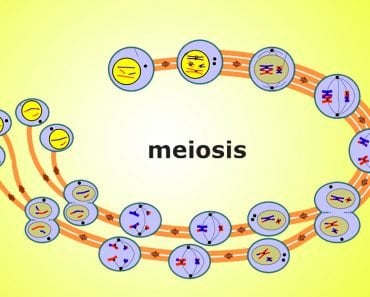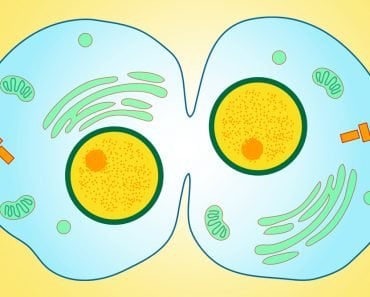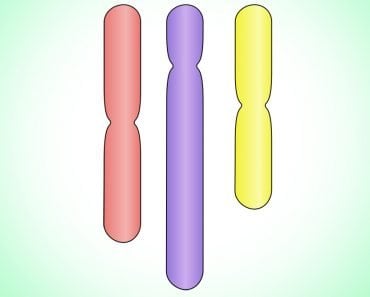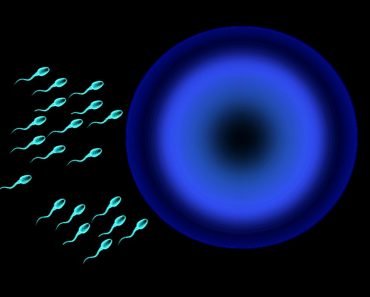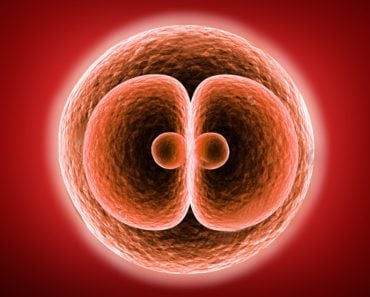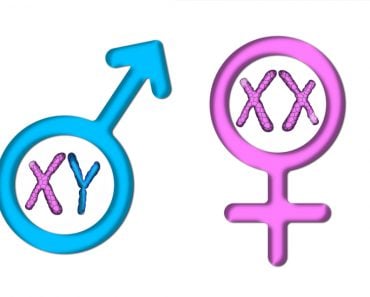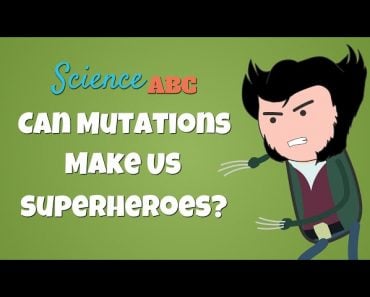Table of Contents (click to expand)
This separation event for the sister chromatids at the end of Meiosis II is called disjunction. Following the crossing-over event during Meiosis I, a similar disjunction event will occur as the sister chromatids are pulled to opposing sides of the cell by the centrosomes and their microtubules.
The cells in our bodies are rather incredible machines that know precisely what they need to do in order to replicate, divide and survive, allowing us to successfully pass along genetic information. However, in the intricate processes of cellular division and chromosomal replication, there can be errors along the way. One such error is nondisjunction, an event that occurs during meiosis—one of the two forms of cellular division, the other being mitosis (the division of somatic cells, non-sex cells).
Before we can understand the intricacies of nondisjunction, and why it can have such serious effects on the normal development of an organism, we should take a brief look at meiosis—the larger process within which this error occurs.
Recommended Video for you:
What Is Meiosis?
As mentioned above, meiosis is the process of cell replication for sex cells, whereas mitosis is the process of replication and division that occurs in somatic cells—the other cells of the body that make up tissues, organs and everything else that makes us…. us!
During the process of fertilization, an egg and a sperm join together to create an embryo. For reference, a gamete is a haploid cell (possessing only one set of chromosomes), but when two gametes combine, they form a diploid cell (embryo). The gametes are the result of the cellular division of germ line cells found in the male and reproductive parts of an organism. For a human, the sperm develops in the testes and the eggs develop in the ovaries.
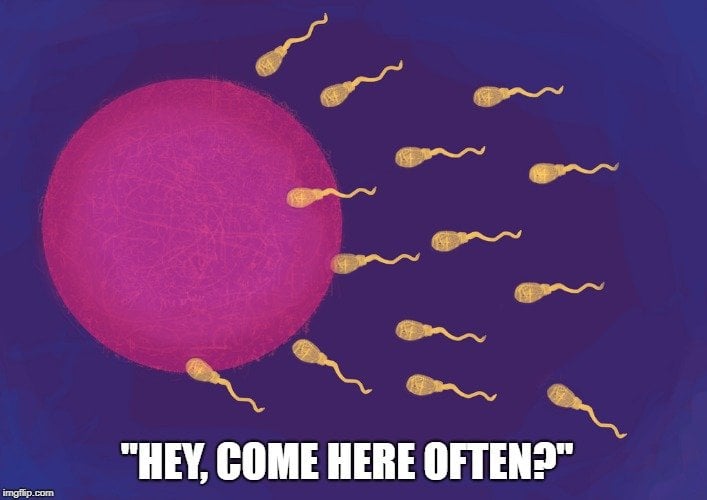
Interestingly, germ line cells are diploid in diploid organisms (e.g., humans), meaning that they have two sets of all 23 chromosomes, resulting in a total of 46 chromosomes. However, through the process of meiosis, that one diploid germ line cell produces four haploid cells over the course of two cellular division events. Each of the four daughter cells produced will be unique and have one set of chromosomes, totaling 23 chromosomes. These daughter cells are the gametes (egg and sperm) that will combine into a haploid embryo, bringing the number of chromosomes back to 46.
Explaining all the intricacies of meiosis would be beyond the scope of this article, but you can read more about the full process here. Suffice to say that meiosis does not represent the entire life cycle of germ line cells. Similar to mitosis in somatic cells, there are a number of stages or phases that occur before the division event. For germ line cells, they duplicate their chromosomes during the S phase of their life cycle, resulting in sister chromatids, which have the traditional X-shaped appearance most people associate with chromosomes.
These pairs of duplicated chromosomes are called “homologous chromosomes”. During meiosis, the actions and divisions of these homologous chromosomes and the sister chromatids will define the success or failure of the cell division event. Nondisjunction is one such mistake that can occur related to these sister chromatids during the process of meiosis.

Also Read: Mitosis Vs Meiosis – How Does Cell Division Work?
What Is Nondisjunction?
Remember, there are two copies of every chromosome in a germ line cell at the beginning of meiosis. They are attached to each other at a central point called a centromere. By the end of Meiosis I, the first cell division event, the result will be two cells with 23 different chromosomes, but they will still be attached in the form of sister chromatids. During the second cell division event during meiosis—Meiosis II— the sister chromatids will be lined up in their respective cells and pulled apart, leaving behind four haploid cells with varying chromosomal makeups, due to the process of crossing-over, which occurs during Meiosis I.
This separation event for the sister chromatids at the end of Meiosis II is called disjunction. Following the crossing-over event during Meiosis I, a similar disjunction event will occur as the sister chromatids are pulled to opposing sides of the cell by the centrosomes and their microtubules.
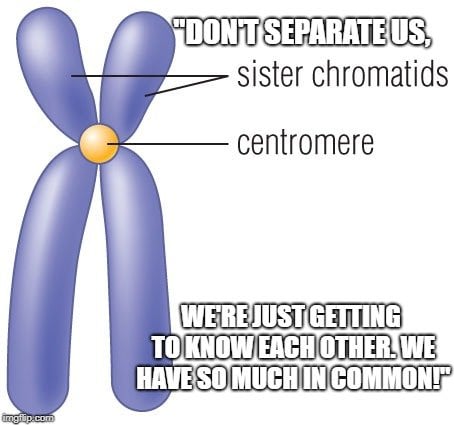
However, during these disjunction events, if the sister chromatids do not properly, the end result will be gametes that have either too many or too few chromosomes.
In Meiosis I
If the homologous chromosomes do not divide into the two pairs of sister chromatids during anaphase of Meiosis I, then one of the daughter cells will contain both homologues, and the second daughter cell will contain none. When the second cell division happens in Meiosis II, two of the final daughter cells will contain no chromosomes, while the other two will contain two sets of chromosomes, rather than one set, which is what would happen under normal circumstances.
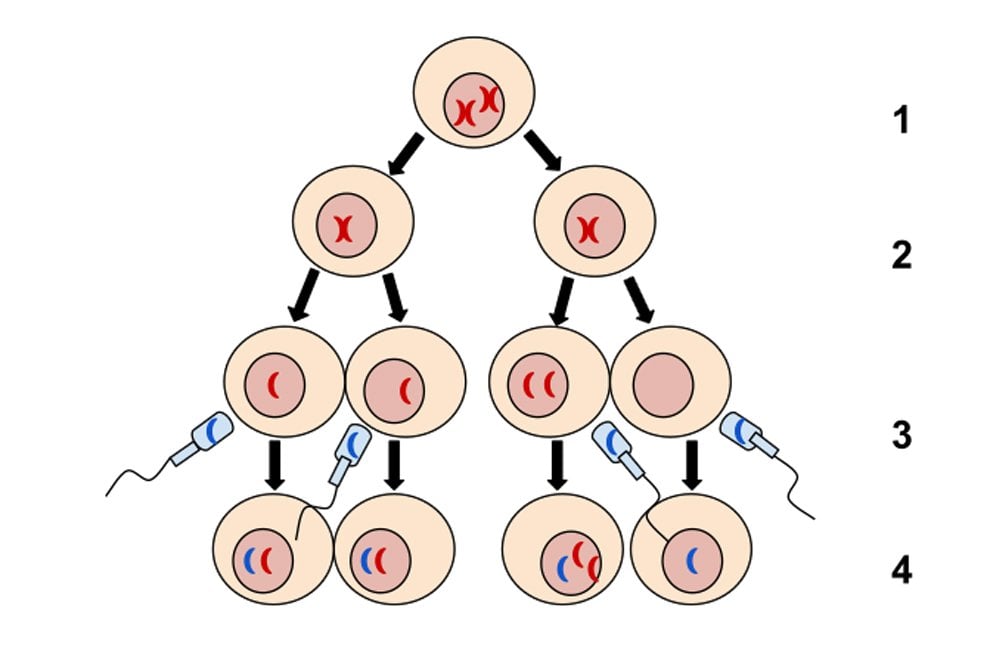
If these gametes combine with other normal gametes, i.e., fertilization, the cells produced will be irregular. They will either have three sets of chromosomes (2 sets + 1 normal set) or one set of chromosomes (0 sets + 1 normal set). These two conditions are called trisomy and monosomy, respectively.
In Meiosis II
In other cases, nondisjunction will not occur until anaphase of Meiosis II. In this situation, the first cell division event of meiosis will go on normally, resulting in two daughter cells with one pair of sister chromatids each. However, if those sister chromatids do not pull apart properly during Meiosis II, two of the final four cells of the meiosis process will be unusual. One of these abnormal cells will have two sets of a particular chromosome, while another will have none. The other two daughter cells that formed from a sister chromatid pair that split normally will become normal gametes.
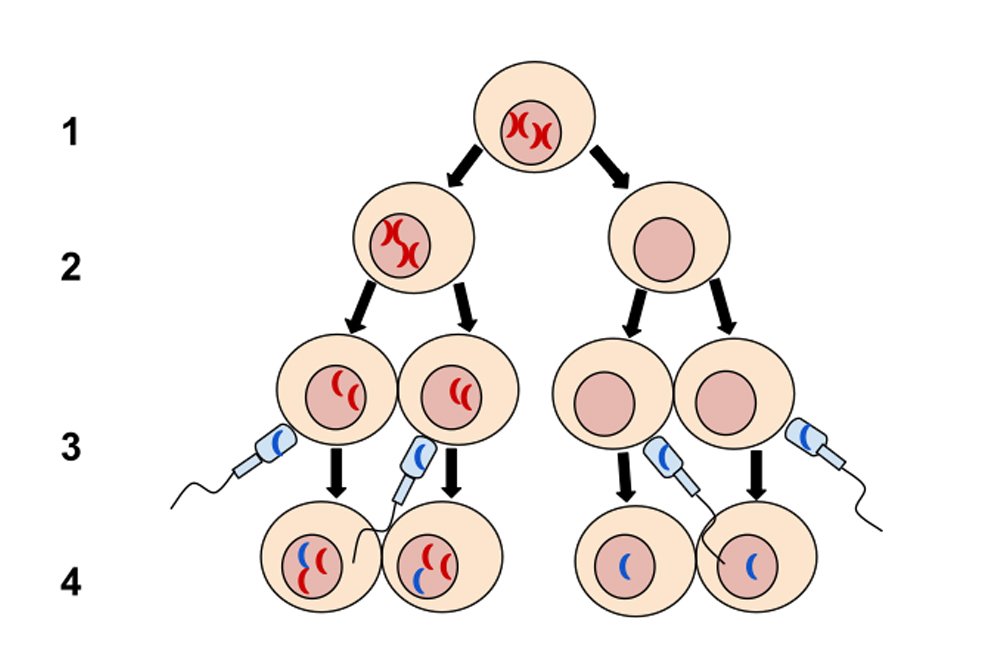
If these gametes combine with other normal gametes, half of the diploid cells produced will be abnormal. The daughter cell with two chromosomes would result in a cell with three of those chromosomes (trisomy), while the daughter cell with zero chromosomes would result in a cell with only one chromosomal set (monosomy). The other two daughter cells of Meiosis II would be normally functioning gametes that could produce normal diploid cells with other gametes.
Also Read: What Are Homologous Chromosomes?
The Cause Of Nondisjunction
Although the exact cause of nondisjunction remains a hotly debated topic, it is related to both cellular machinery and the general function of our body. Nondisjunction has been shown to be more common in older individuals, which may simply be a symptom of the cellular mechanisms not being as effective as they are when a cell is younger. Inside the cell, however, there is a system in place to avoid such mistakes, called the spindle checkpoint. The spindle fibers are what attach and separate the chromosomes and chromatids, and this checkpoint is a mechanism of the cell to ensure that the fibers are properly formed, attached and functioning, such that chromosome segregation occurs properly. If this checkpoint mechanism fails, as it does when we are older, then nondisjunction events are more likely.
Also Read: What Is Aneuploidy And How Is It Different From Polyploidy?
The Effects Of Nondisjunction
Unfortunately, the impact of nondisjunction can be very serious, and a number of high-profile genetic diseases have been linked to such imbalanced numbers of chromosomes. Downs’ Syndrome is perhaps the most well known of these conditions, in which there are three chromosomes in the 21st chromosome (an autosomal chromosome). Edwards syndrome is another trisomic disease affecting the 18th chromosome.
In the sex chromosomes of a cell, nondisjunction can cause some lesser-known diseases, such as Klinefelter syndrome (a male with 2X and 1 Y), Turner syndrome (a female with only one X chromosome), or Trisomy X (female with 3 X chromosomes instead of 2).
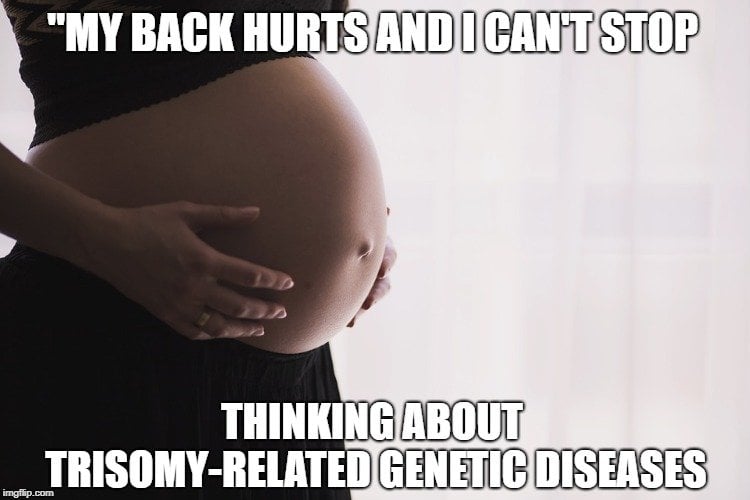
Many of these conditions are associated with some form of mental or physical disability, and some prove to be fatal, even before the child is born, which would result in a miscarriage. We have primarily been talking about nondisjunction in meiosis, but there are some mitotic forms of nondisjunction, including mosaicism syndromes, in which only certain parts of the body are affected by cells with a different number of chromosomes. Nondisjunction in the sex cells results in syndromes or disorders that affect the entire organism and are present in their fundamental DNA.
A Final Word
There are a number of ways to identify whether nondisjunction has occurred once an embryo has begun to develop, and there is always a risk to this occurring in one’s cells. However, certain lifestyle adjustments can lower your risk factors, such as avoiding smoking, exposure to certain chemicals (e.g., benzene and insect repellants), and excessive alcohol consumption!
References (click to expand)
- (2021) Genetics, Nondisjunction - StatPearls - NCBI Bookshelf. The National Center for Biotechnology Information
- Kuliev, A., & Verlinsky, Y. (2004, September). Meiotic and mitotic nondisjunction: lessons from preimplantation genetic diagnosis. Human Reproduction Update. Oxford University Press (OUP).

